Even more compelling definition of stack growth direction is (if the processor has it) interrupt stack. Some architectures (like PowerPC) don't really have a HW stack at all. Then the system designer can decide which way to implement the stack: Pre-incrementing, post-incrementing. pre-decrementing or post-decrementing.
In PPC the calls use link register, and next call overwrites it, if the return address is not programmatically saved.
PPC interrupts use 2 special registers - the "return address" and machine status. That's because instructions can be "restarted" after interrupt - a way to handle interrupts in pipelined architecture.
pre-increment: stack pointer is incremented before store in push - stack pointer points to the last used item. Seen in few more strange 8-bit architectures (some forth-processors and the like).
post-incrementing: store is done before stack pointer incrementing - stack pointer points to the first free stack element.
pre- and post decrementins: similar to the above, but stack grows downwards (more common).
Most common is post-decrementing.


